Gli Ultimi Cinque Minuti: A Classic Italian Romantic Comedy
Giuseppe Amato’s Gli Ultimi Cinque Minuti (1955) stands as a delightful example of the sophisticated romantic comedies that flourished in postwar Italian cinema. Starring the iconic Vittorio De Sica alongside Rosanna Podestà, the film blends humor, romance, and the charm of everyday life in 1950s Italy. More than just a story of love and misunderstandings, Gli Ultimi Cinque Minuti captures the atmosphere of an era. Thanks to its characters, storytelling, and, notably, its picturesque locations.
Plot Summary: A Game of Love and Timing
The film follows the charming yet slightly cynical Renzo (Vittorio De Sica). After an impulsive decision to rent an apartment, he finds himself entangled with a young woman, Giovanna (Rosanna Podestà). Due to a mix-up, both claim the same residence, forcing them into a cohabitation arrangement that sparks comedic tension and budding romance. Their contrasting personalities lead to moments of frustration, laughter, and, ultimately, affection, culminating in a heartwarming resolution.
The Cinematic Appeal of the Locations
As with many Italian films of the period, the setting plays an integral role in establishing both the tone and cultural backdrop of the story. Gli Ultimi Cinque Minuti uses its locations effectively, placing the romance against the timeless charm of Rome.
Rome: The Eternal City as a Backdrop
The film predominantly takes place in Rome, a city that had become an international symbol of romance and cinematic beauty by the 1950s. The choice of locations enhances the film’s elegant and whimsical tone while also providing a sense of realism to the everyday lives of its characters.
- The Apartment in Rome: The central apartment, a focal point of the plot, reflects the urban housing dynamics of postwar Italy. It showcases the architectural style of Roman residential buildings in the mid-20th century. The shared living spaces become a narrative tool for comedic and romantic exchanges.
- Piazza di Spagna and Spanish Steps: These landmarks, already immortalized in countless films, serve as a romantic setting for some of the film’s pivotal moments. The Spanish Steps, bustling yet intimate, provide an ideal location for moments of contemplation and connection between the protagonists.
- The Tiber River Walks: The riverbanks and bridges of Rome offer a scenic escape for characters. Reflecting both the uncertainty and excitement of their growing relationship. The use of these locations adds a poetic quality to the film, reinforcing its themes of fleeting encounters and destiny.
- Trastevere’s Narrow Streets: The charming and historically rich Trastevere district embodies the heart of old Rome. Scenes set in these lively yet intimate streets give the film a distinctive Roman identity, grounding the romantic narrative in a space filled with culture and tradition.
Impact of the Locations on the Film’s Aesthetic
The choice to film in real Roman settings, rather than relying solely on studio backdrops, lends Gli Ultimi Cinque Minuti an authenticity that enhances the audience’s engagement. The city itself becomes a silent character, reflecting the ups and downs of Renzo and Giovanna’s evolving relationship. From the grandeur of historical landmarks to the everyday charm of residential areas, each location contributes to the film’s warm and nostalgic feel.
Conclusion: A Timeless Roman Romance
Gli Ultimi Cinque Minuti remains a delightful cinematic piece, emblematic of Italy’s rich tradition of romantic comedies. Vittorio De Sica’s charismatic performance, paired with Rosanna Podestà’s youthful charm, ensures that the film remains engaging even decades after its release. The stunning locations in Rome add depth to the narrative. Making the film not only a story about love but also a visual love letter to the city itself. Whether one watches it for its humor, romance, or its picturesque views of 1950s Rome, Gli Ultimi Cinque Minuti is a testament to the enduring appeal of classic Italian cinema.
Watch the movie on Movieitaly+
Read more articles on our website!




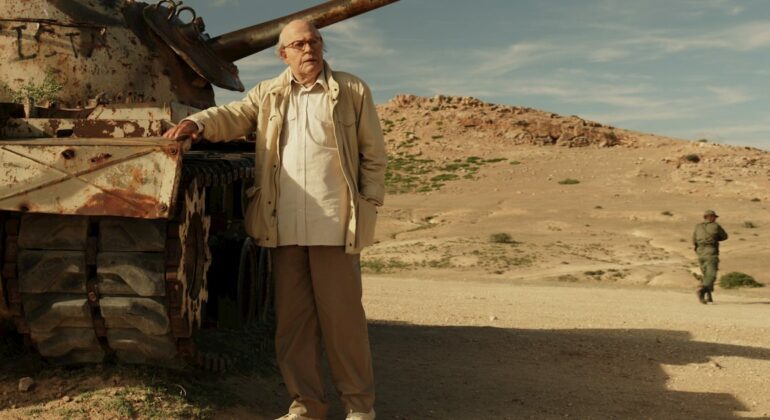
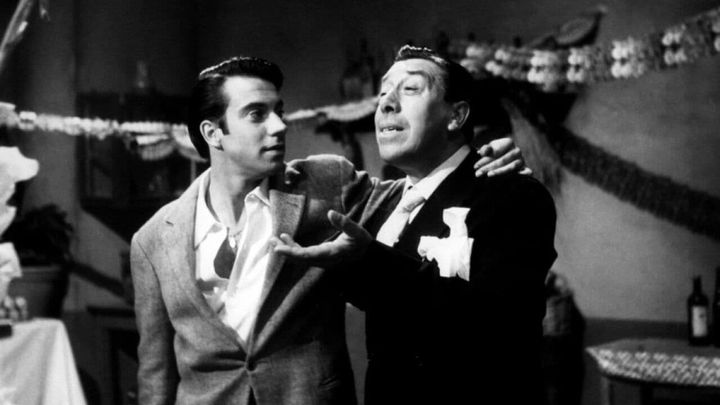
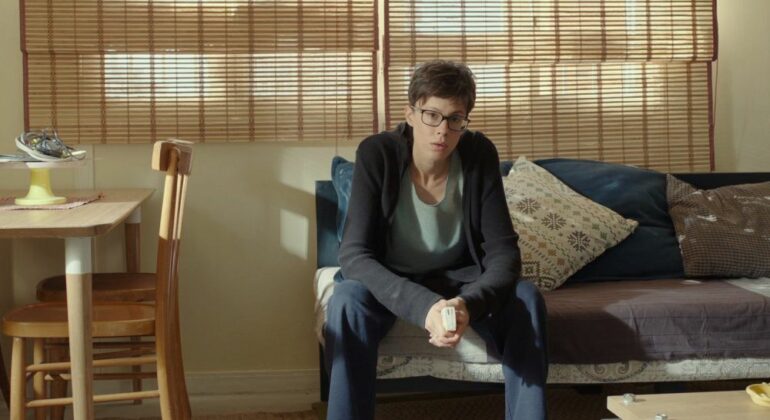

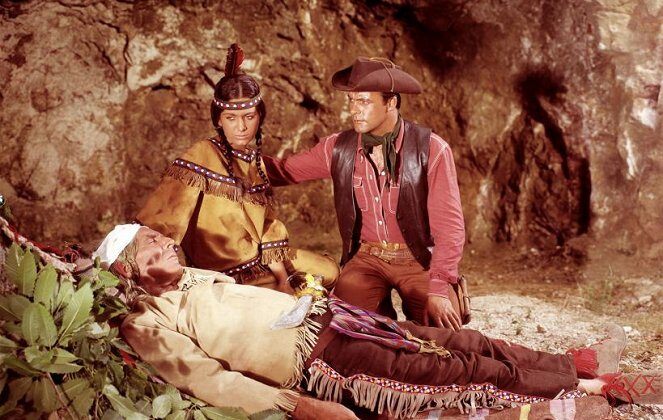
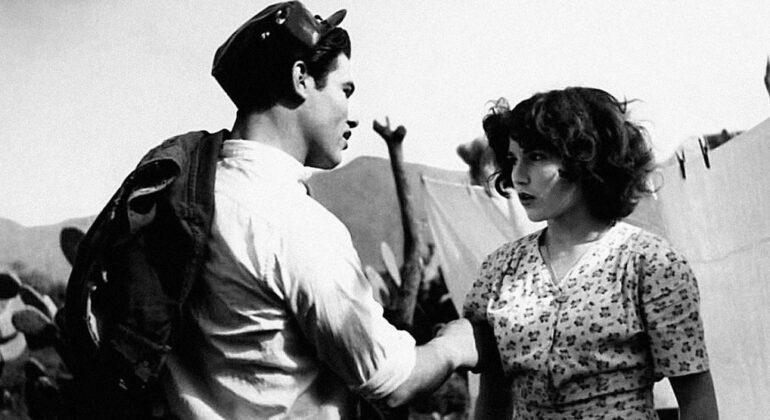
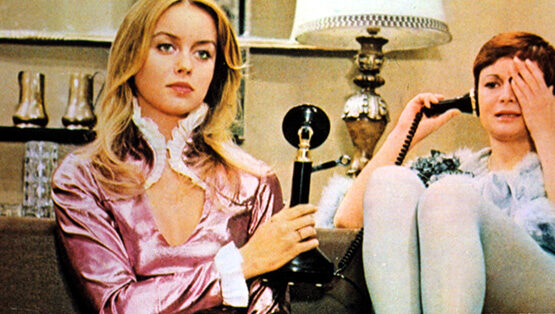

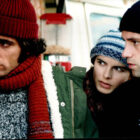


Recent Comments